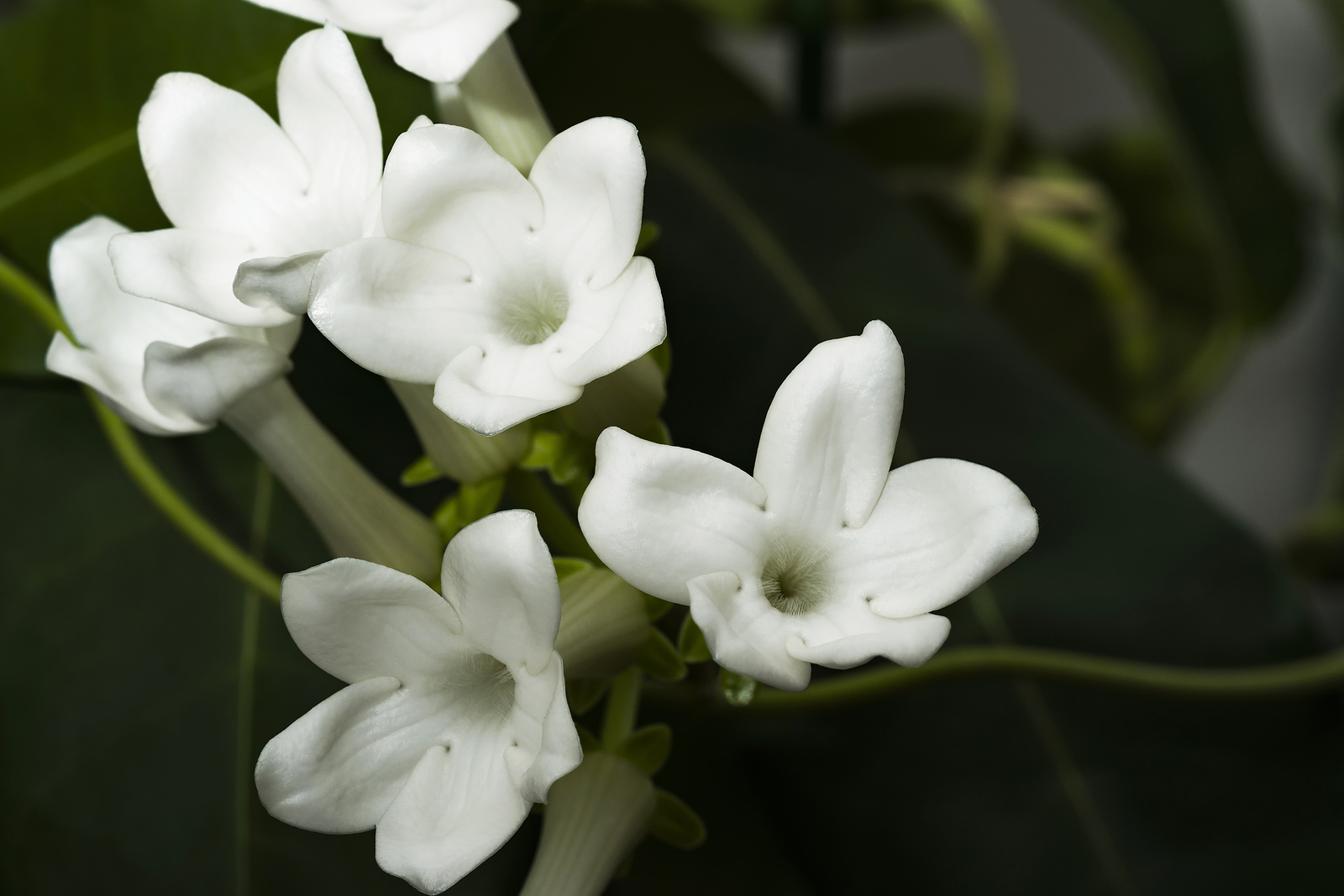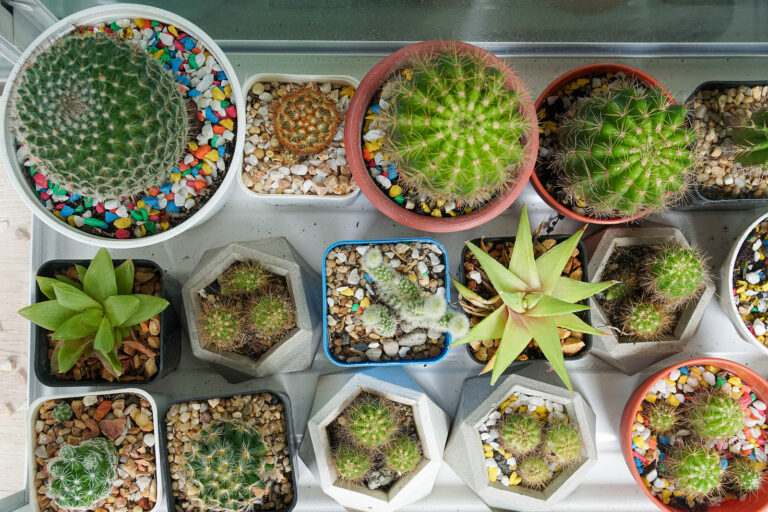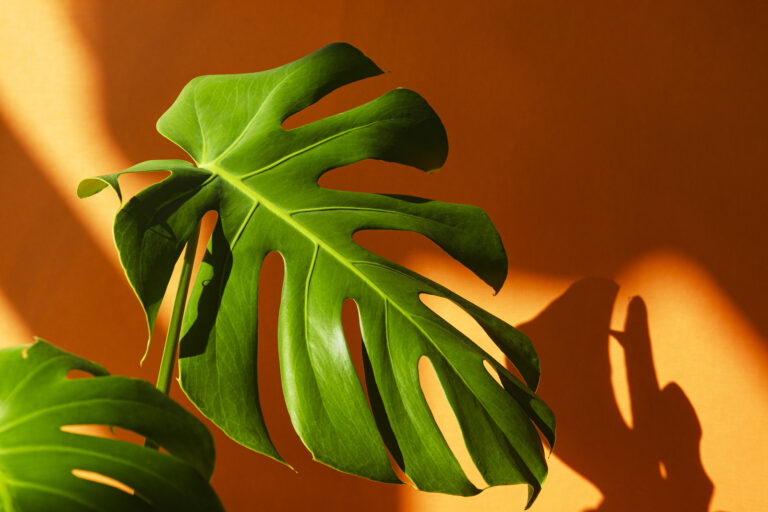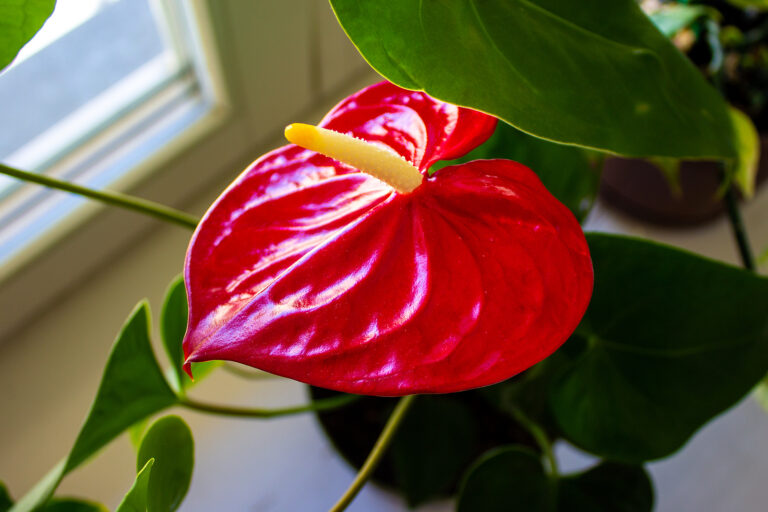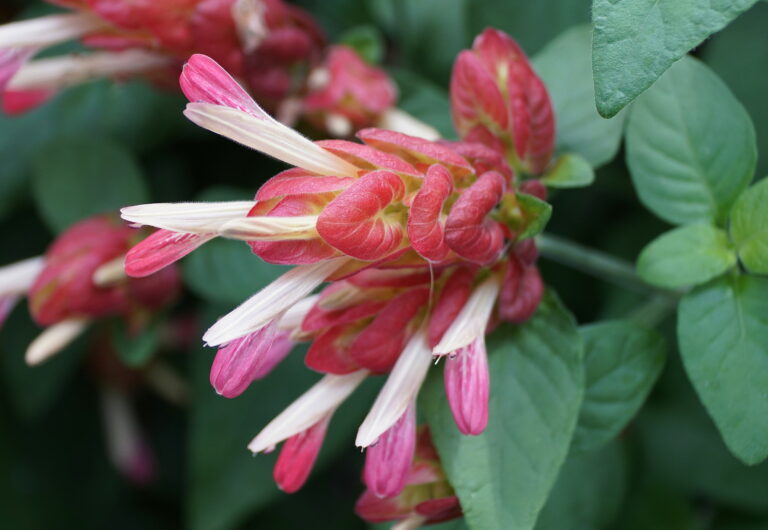How to Grow Stephanotis — Madagascar Jasmine
Stephanotis, also called Madagascar jasmine, is an exotic white flower that emits a sweet scent. Green, glossy foliage twines and climbs 4 to 8 feet (1.2-2.4m) high.
Stephanotis has leather levels; the flowers are fragrant and funnel-shaped and open into five lobes and bloom in clusters,
Bright light and humidity keep Stephanotis healthy. Plant in sandy, acidic soil, keep it moist and fertilize liberally. Household temperatures from 60° to 75°F (15°-24°C) suit stephanotis perfectly.
Stephanotis is a genus of vining plants native to tropical woodlands in Africa. One species, Stephanotis floribunda, is can be grown outdoors or in the house.
Get to know Stephanotis
- Plant type: Evergreen flowering vine; flowering houseplant indoors
- Growing Zones and range: 10-11
- Hardiness: Average warm conditions around 70°F (21°C) in spring and summer; cooler around 55°F (13°C) in fall and winter.
- Height and width: 10 to 15 feet (3-4.5m) tall and wide, but usually grows much smaller in the house
- Foliage: Waxy, 3-inch (7.5mcm) elliptic, pointed, thick, shiny, green leaves along twining vine
- Flowers: Waxy, white tubular flowers, 2-inch (5cm) long are extremely fragrant; flowers bloom in 4- to 6-inch clusters
- Bloom time: Late spring through fall
- Uses: Plant near sitting areas; will cover fences and arbors; use for privacy screening; flowering houseplant indoors; a traditional favorite for bridal bouquets
- Common name: Stephanotis, Madagascar jasmine, bride’s flower
- Botanical name: Stephanotis floribunda
- Family: Asclepiadaceae
- Origin: Tropical woodland Africa
Where to plant Stephanotis
- Stephanotis will flower in a semi-shaded spot. Place the roots in shade and vine in filtered sun if possible.
- High light indoors with direct sun in winter
- Climbs by twining; provide support. Indoors, train on a trellis, wire hoop, or other support
- Indoors, give the brightest location in your house.
- Plant in moist, well-drained soil enriched with humus or compost.
- Pot in well-drained, all-purpose mix.
- Provide a trellis for the vine to climb.

When to plant Stephanotis
- Plant stephanotis outdoors in spring.
- Move indoor stephanotis gradually to the patio in late spring, placing it in a spot with filtered sun.
Planting and spacing Stephanotis
- Space 10 to 15 feet (3-4.5m) outdoors.
- Indoor plants train to a trellis or wire.
How to water and feed Stephanotis
- Water regularly. Keep consistently moist during active growth; reduce water in winter to keep it barely damp.
- Fertilize with balanced fertilizer monthly throughout the growing season.
Stephanotis care
- In winter allow for rest period by letting the soil dry before watering. In summer, move it gradually to the patio, placing it in a spot with filtered sun.
- Insufficient light can lead to few or no blooms; move plants to a brighter spot.
- Yellow leaves can be a sign of soggy roots; hold off on watering.
Growing Stephanotis as a houseplant
- Stephanotis floribunda is grown as a houseplant.
- Grow Stephanotis in a warm room with direct light and moderate humidity.
- Plants should be grown in well-drained, soilless medium; keep the medium evenly moist from mid-spring to midfall.
- From midfall to mid-spring, allow the medium to dry slightly between waterings.
- Fertilize monthly from mid-spring to midfall.
- Plants need to be trained on a trellis, wire hoop, or other support.
- Pinch back growing tips to keep plants bushy.
Stephanotis pests and insects
- Scale insects, mealybugs, and virus disease may occur.
- If spider mites cause yellow stippling on leaves, raise the humidity and spry the plant with horticultural oil.
Stephanotis propagation
- Take 4-inch (10cm) stem cuttings of half-matured (still green but somewhat firm) stems in spring and early summer. To promote rooting, set potted cuttings on a heating mat to provide bottom heat.
Stephanotis varieties to grow
Stephanotis floribunda. Grows to 10 feet tall in tropical regions; sparsely branched, twining climber; thick glossy, oval, deep-green leaves; waxy white flowers to 2 inches long.

